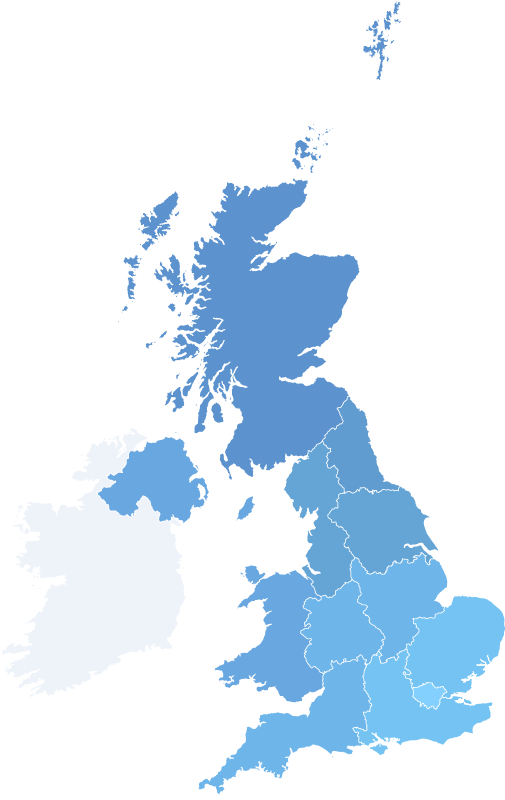
Stick, settle or lie are all words used to describe snow fall that does not immediately melt. A climate phenomenon that can paint picturesque landscapes and endanger our drivers with challenging road surfaces.
The snow lying data presented in the table below shows how many days in a year have snow on the ground for different areas of the UK.
The majority of snow lies between October and March.
Northern regions are affected the most, but even southern regions can have double the number of snow lying days compared to their annual average.
Annual Days of Snow Lying at 09:00 Hours Taken Between 2013-17
| Region | Average | Minimum | Maximum |
| East Midlands | 7.6 | 2.4 | 20.5 |
| East of England | 4.9 | 0.9 | 15.8 |
| East Scotland | 23.4 | 11.7 | 48.1 |
| London | 3.0 | 0.6 | 9.8 |
| North East England | 16.4 | 6.7 | 31.9 |
| North Scotland | 23.9 | 13.6 | 37.1 |
| North West England | 11.5 | 4.5 | 22.5 |
| South East England | 4.6 | 1.4 | 12.3 |
| South West England | 6.1 | 3.3 | 12.8 |
| West Midlands | 6.0 | 1.6 | 16.0 |
| West Scotland | 16.9 | 8.0 | 27.9 |
| Yorkshire and Humber | 11.6 | 4.3 | 27.3 |
| Isle of Man | 9.4 | 5.7 | 16.2 |
| Northern Ireland | 9.5 | 3.9 | 14.6 |
| Wales | 10.5 | 4.7 | 24.6 |
Data source: Natural Environment Research Council, CEDA.